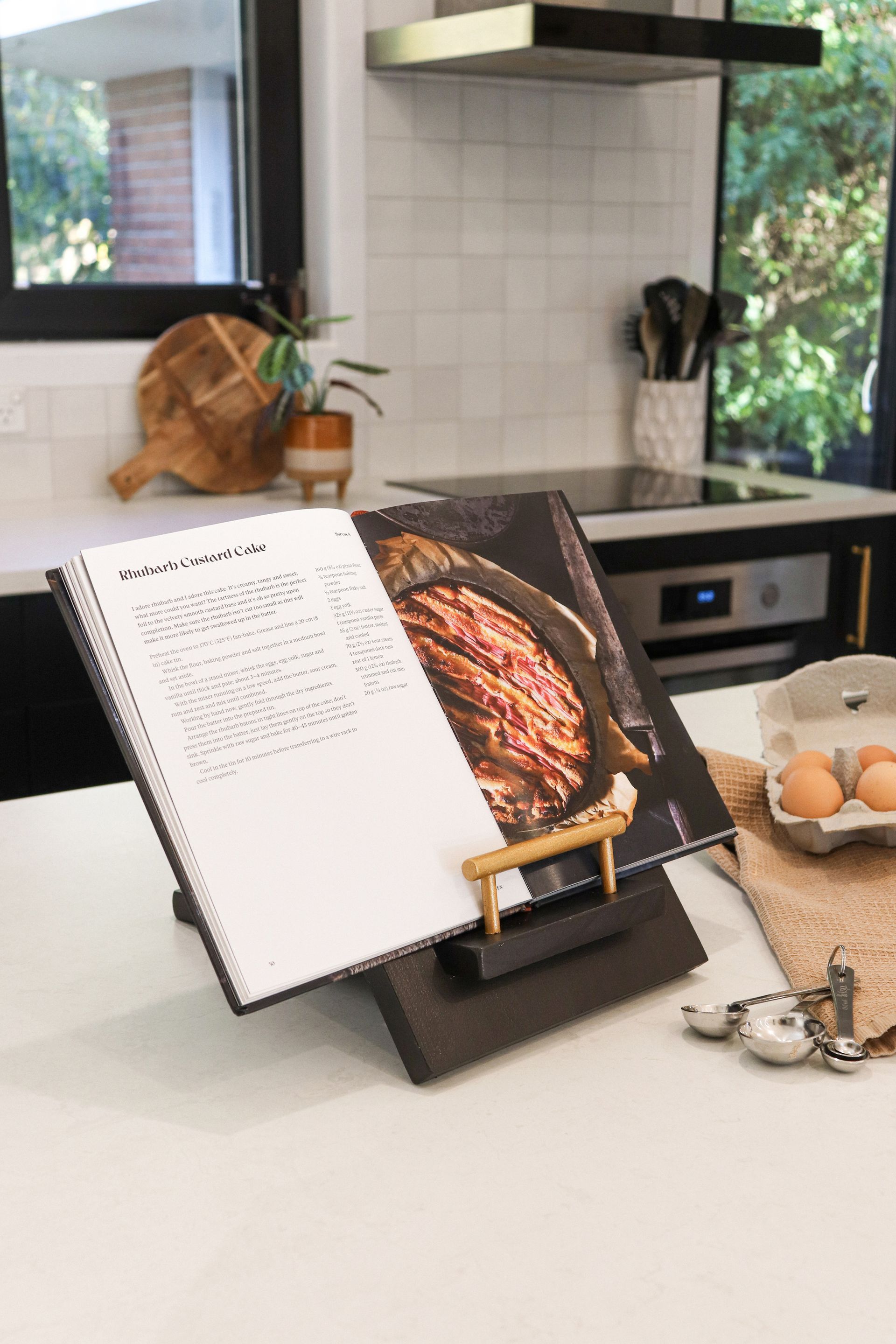The decision to move into a retirement village or aged care facility can be brought about by a number of factors and whether you are looking for yourself or someone you love, it is important you understand the different options available. Rachel Wilson, Care Facility Manager at Lady Wigram Village answers our questions.
Retirement living versus rest home care, what is the difference?
One of the primary factors in any decision of this nature should be around continuum of care. What is on offer should an extra level of healthcare be required? While villas and apartments are generally independent living with some support, the support differs in every retirement village.
Rest home/hospital and dementia living needs to be approved by Older Persons Health in the District Health Board. This style of living provides 24/7 care from registered nurses and caregivers. Each facility also has a general practitioner who does weekly visits and as needed. Physio, podiatry and dietitian care is available in these facilities, depending on individual needs. While in most cases this kind of living is permanent, respite care can also be an option.
A great online resource is health.govt.nz which reviews the rest home certification audits. This will allow you to review their quality of care as per the standards set by the Health and Disability Services (Safety) Act 2001.
What should I look for?
As a general guide regardless of the level of care, there are a few things to look for:
• A location and environment that suits your lifestyle.
• Find out who owns the village, do they have a respected reputation?
• What levels of care does the village offer? For example, is there a rest home within the village?
• Can you personalise the room with your own furniture?
• Ask about food, enquire about a sample menu to give you an idea of what is served.
• What amenities does the village offer? Activities, pool, bowling green, cinema, outings? And who can use what amenities within each facility?
How much will it cost?
Cost is often a defining factor and it is important you understand what you are paying for. Villas and apartments are sold under an Occupation Right Agreement (ORA). My top three things to check when looking to sign an ORA are: the cost of the unit, the weekly service fee together with the deferred management fee, and if there are any other fees. There is a good check sheet online at retirementvillages.org.nz that will help guide you when comparing villages.
For rest home, dementia and hospital care, the Ministry of Health assign a Care Fee in July each year. Depending on your financial situation this can be subsidised. Individual Care facilities may also have a daily premium charge, and this is a great question to ask when looking around. Find out what is included in your care fee and what extras are provided or will be on-charged.
I know someone who needs to move into assisted living, how should I talk to them about it?
Asking how they are managing their cooking, groceries, driving, personal care and general house duties is a good place to start. Check how they are doing socially, are they connecting with friends or neighbours? Taking a proactive approach rather than a reactive one is ideal. This will then open up options and allow the decision to be theirs, rather than leaving them feeling forced by family or health professionals to take that next step.
Rachel Wilson is the Care Facility Manager at Lady Wigram Village. She has been a Registered Nurse since 1998 and over the years has held many different nursing and management roles within the Aged Care sector along with other areas of health. ladywigram.co.nz
Recent stories





